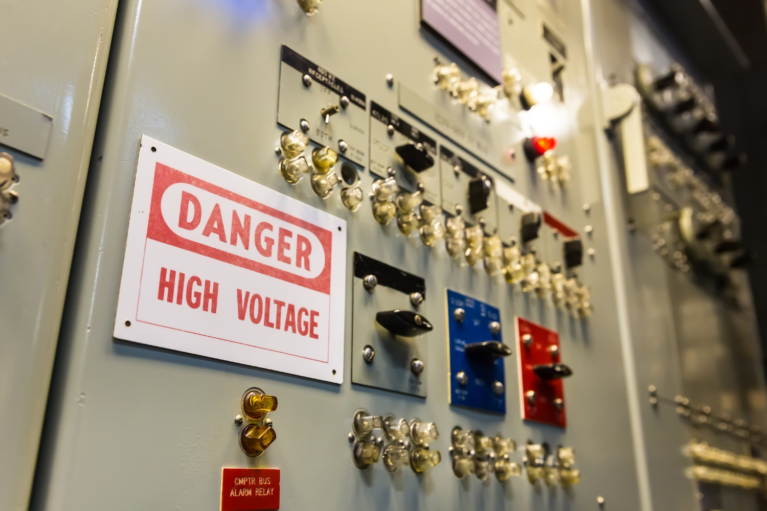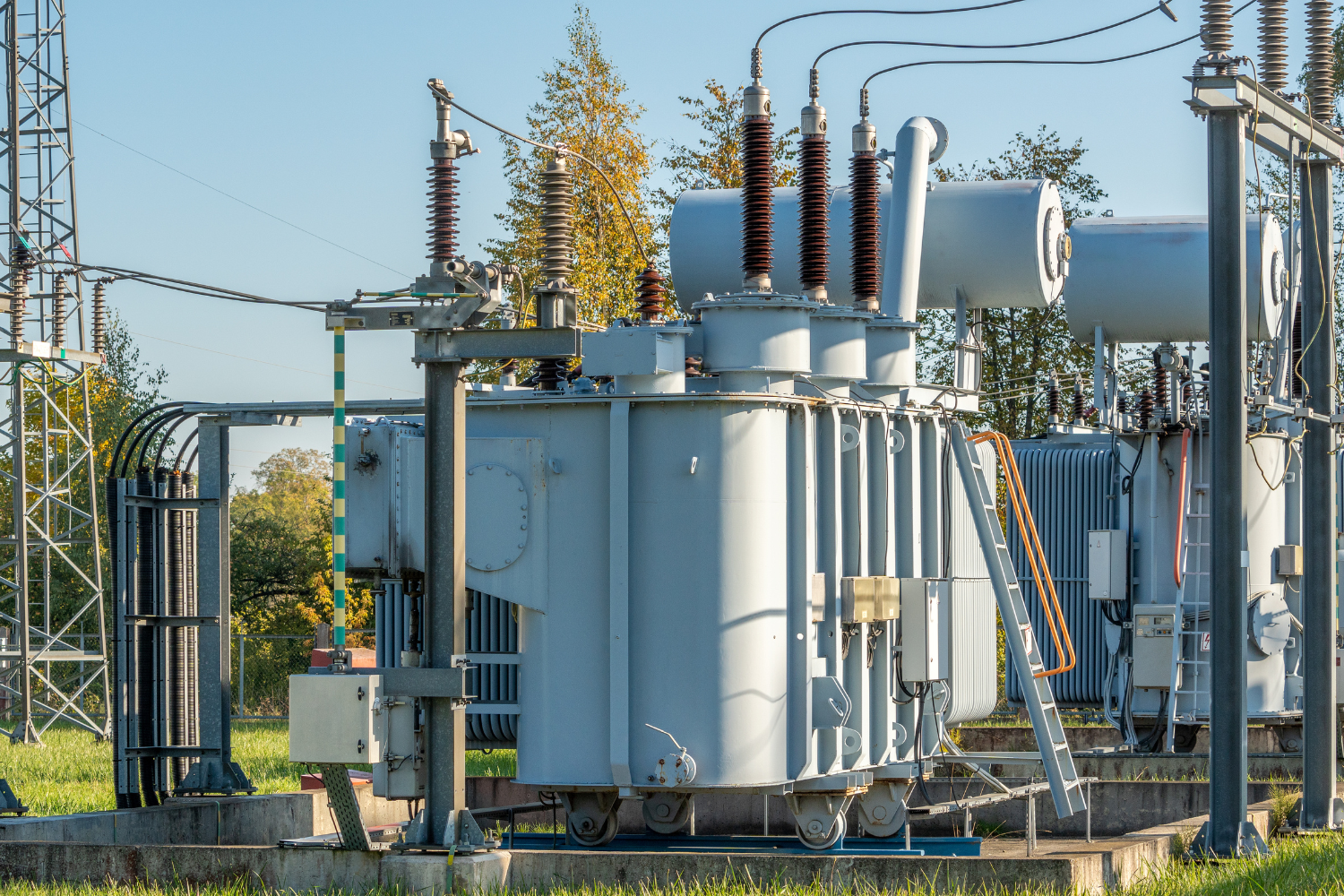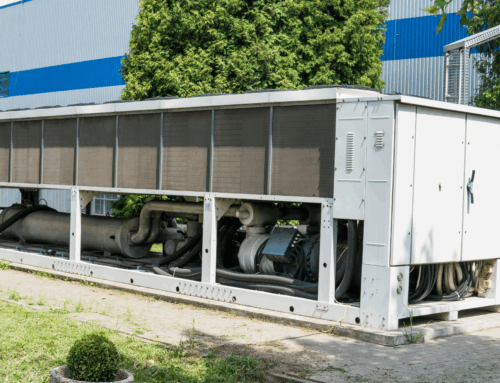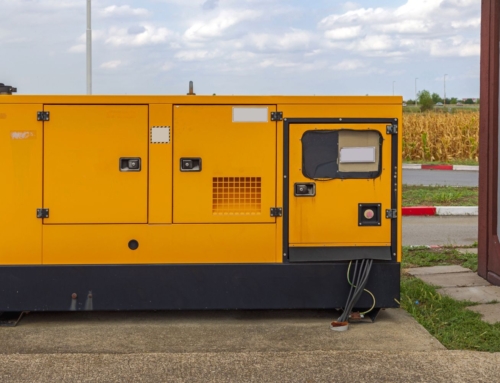Commercial generators are available in different voltage ranges. They are classified into three main categories: low, medium, and high-voltage commercial generators. Adding to these are quite uncommon yet useful commercial generators with extra high and ultra-high voltage. Wondering about the range of each? They vary. Why and how they vary is covered in the article. Read on to enlighten yourself and make sound decisions on your next purchase.
High, Low, and Medium Voltage Classification Differences
The voltage classification varies among the countries. In the US, the National Electrical Code and National Electrical Manufacturers Association are concerned with voltage classification through guidelines and standards. The ANSI, or American National Standards Institute, is concerned with the generation of guidelines and standards for businesses across different industries.
ANSI
The Electrical Engineering Portal offered a breakdown of ANSI standards, which indicate the following classification:
| Voltage Quality | Voltage Quantity |
| High (HV), Extra-High (EHV) and Ultra-High Voltages (UHV) | Minimum: 1,15,000 VAC
Maximum: 1,100,000 VAC |
| Medium Voltage (MV) | Minimum: 2,400 VAC
Maximum: 69,000 VAC |
| Low Voltage (LV) | Minimum: 240 VAC
Maximum: 600 VAC |
NEC
Comparing the ANSI standards with NEC standards, the classification has been brought forward by Generac in their white paper. It states:
| Voltage Quality | Voltage Quantity |
| High Distribution | Minimum: 1000 Volts
Maximum: 4160 Volts |
| Medium Distribution | Minimum: 50 Volts
Maximum: 1000 Volts |
| Low Distribution | Minimum: 0 Volts
Maximum: 49 Volts |
Practical Usage
Going further into the differences, the commonly used voltage distribution across the industries are
- 480 VAC
- 4160 VAC
- 12,470 VAC
- 13,800 VAC
Generac mentions generators with less than or equal to 600 Volts are medium voltage generators, while the ones with more than 600 volts are high voltage generators. Therefore, the voltage classification depends on the governing authority.
Types of High Voltages
As mentioned in the ANSI code, there are High, Extra-High, and Ultra-High voltages. Concerned with increasing the efficiency, the breakdown of the voltage range of each is as follows:
| Voltage Quality | Voltage Quantity |
| High Voltage (HV) | Minimum: 1,15,000 VAC
Maximum: 2,30,000 VAC |
| Extra-High Voltage (EHV) | Minimum: 3,45,000 VAC
Maximum: 7,65,000 VAC |
| Ultra-High Voltages (UHV) | Minimum: 7,65,000 VAC
Maximum: 1,100,000 VAC |
Types of Voltages
Besides the low, medium and high voltages, the generators will also exhibit a few other values of voltages. These are specific to the generator and indicate information about the voltage requirements and production of the generator. Here is a brief about them:
Rated voltage: It is the maximum and safe voltage generated by the commercial generator.
Nominal voltage: It is the predetermined production voltage for any generator.
Industry-Based Usage of Voltages
Different industries require different voltage-based generators depending on the requirements. Here is the breakdown for you:
Low Voltage Commercial Generators: They are commonly found in private homes, retail establishments, and small businesses. The power requirements here are a few to several hundred kilowatts, and voltage requirements are around 480.
Medium Voltage Commercial Generators: The generators with the stated type of rating are used in data centers, commercial and industrial facilities, institutes, and the healthcare industry. The power requirements here vary from several hundred kilowatts to a few megawatts. The required voltage levels are 480 to 15,000 volts.
High Voltage Commercial Generators: Their usage is witnessed in heavy industries such as manufacturing plants and utility-scale power generating facilities. The power requirements here lie between several megawatts to tens or hundreds of megawatts. The voltage levels here exceed 15,000 volts.
Check Voltage Based Generator Availability at CS Diesel
With the information on voltage classification, you will be able to identify the voltage rating of your owned generator. The information is important to decide the servicing rightly, get and validate the equipment type or parts being used and replace the generator with ease if required. You can now also compare the currently possessed generator with the currently available ones in the market for the same voltage rating. It is necessary to obtain the maximum efficiency for the used equipment. Offering you a wide variety based on voltage and many other criteria, CS Diesel Generators brings you a myriad of choices!
Common Questions About Voltage in Commercial Generators
Q1. What type of voltage is provided by the generators?
The generators are capable of providing both AC and DC voltages. However, AC voltage generators are more common compared to DC voltage generators.
Q2. Are generators and alternators the same?
No, the generators are concerned with the conversion of mechanical to electrical energy. The alternators perform the action of converting mechanical energy into AC electrical energy.
Q3. What are the essential factors to consider when determining the required voltage generator?
Besides contacting the professional, the important factors to consider are the voltage required on-premises, the maximum current rating to operate the devices, starting current requirements for industrial motors, and the utility frequency.
Q4. How to calculate the output required from the commercial generator?
The power requirement from a commercial generator will be obtained by using the following formula: Power = Voltage * Current.
Q5. What voltage range of commercial generators are available at CS Diesel?
You can apply the different filters to choose your required type of voltage. The options for choice include:
- 2000 to 4000 kW
- 1000 to 1999 kW
- 500 to 999 kW
- 250 to 499 kW
- 100 to 249 kW
- 10 to 99 kW
- 0 to 9 kW








